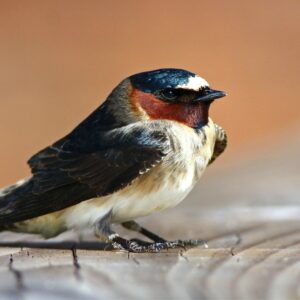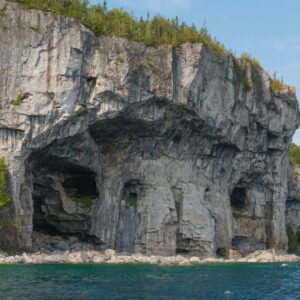Raising the Alarm Over Ostrander Point
In case you missed it, our own Ted Cheskey, manager of our bird conservation programs, took to the radio and TV air waves to talk about an industrial wind project at Ostrander Point in Prince Edward County Ontario — site of an Important Bird Area that sees hundreds of thousands of migrating birds each fall. It’s a classic case of a great thing in the wrong place. From the CBC:
An internationally recognized “Important Bird Area” is being threatened by an Ontario wind power development, a Canadian conservation group alleges.
Gilead Power Corporation hopes to build a nine-turbine wind farm on the south shore of Prince Edward County, a huge peninsula that juts into eastern Lake Ontario.
Nature Canada worries the project will kill untold numbers of migratory birds because it is right next to a National Wildlife Area used by hundreds of thousands birds as a stopover point on their yearly journeys north and south.
“It’s like a highway. Sort of like the equivalent of the Trans-Canada or the 401,” said Ted Cheskey, manager of Nature Canada’s bird conservation programs.
Cheskey says that it is unusual for his organization to get involved in a fight like this because they are a national group and this looks on the surface like a local issue. But he felt they had no choice because this project is located in an “important bird area” (IBA). IBAs are a designation given by Birdlife International, a global partnership of conservation organizations that works to protect birds and their habitats.
Allowing a wind power project on the south shore of Prince Edward County would set a bad precedent, Chesky said…
Read the rest of the article.
The issues raised over controversial projects like this, or a similar one at Wolfe Island, are complex. On the one hand, global warming is creating a climate crisis that poses perhaps the greatest threat to people and biodiversity in our lifetime. Wind energy is a clean, abundant, renewable source of energy that can contribute to combating the harmful environmental changes brought about by climate change.
On the other hand, the government needs to set clear standards to ensure that projects are more carefully sited so that harm to birds, bats and other wildlife is avoided or minimized. Wind turbines and wind farms should not be located in places – such as Important Bird Areas – where birds congregate, migrate and breed.
The development of wind energy in Canada, coupled with conservation measures to reduce all forms of fossil fuel consumption, is important and should move forward. And with the right regulation to ensure good things in good places, we can have wind energy and protect migratory bird populations at the same time.



